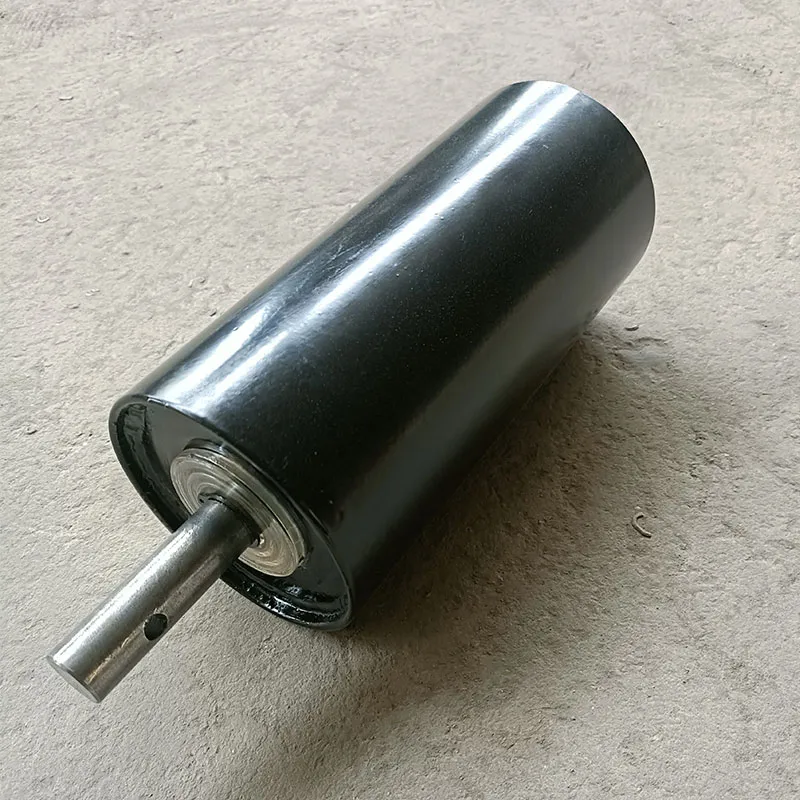 Afrikaans
Afrikaans  Albanian
Albanian  Amharic
Amharic  Arabic
Arabic  Armenian
Armenian  Azerbaijani
Azerbaijani  Basque
Basque  Belarusian
Belarusian  Bengali
Bengali  Bosnian
Bosnian  Bulgarian
Bulgarian  Catalan
Catalan  Cebuano
Cebuano  Corsican
Corsican  Croatian
Croatian  Czech
Czech  Danish
Danish  Dutch
Dutch  English
English  Esperanto
Esperanto  Estonian
Estonian  Finnish
Finnish  French
French  Frisian
Frisian  Galician
Galician  Georgian
Georgian  German
German  Greek
Greek  Gujarati
Gujarati  Haitian Creole
Haitian Creole  hausa
hausa  hawaiian
hawaiian  Hebrew
Hebrew  Hindi
Hindi  Miao
Miao  Hungarian
Hungarian  Icelandic
Icelandic  igbo
igbo  Indonesian
Indonesian  irish
irish  Italian
Italian  Japanese
Japanese  Javanese
Javanese  Kannada
Kannada  kazakh
kazakh  Khmer
Khmer  Rwandese
Rwandese  Korean
Korean  Kurdish
Kurdish  Kyrgyz
Kyrgyz  Lao
Lao  Latin
Latin  Latvian
Latvian  Lithuanian
Lithuanian  Luxembourgish
Luxembourgish  Macedonian
Macedonian  Malgashi
Malgashi  Malay
Malay  Malayalam
Malayalam  Maltese
Maltese  Maori
Maori  Marathi
Marathi  Mongolian
Mongolian  Myanmar
Myanmar  Nepali
Nepali  Norwegian
Norwegian  Norwegian
Norwegian  Occitan
Occitan  Pashto
Pashto  Persian
Persian  Polish
Polish  Portuguese
Portuguese  Punjabi
Punjabi  Romanian
Romanian  Russian
Russian  Samoan
Samoan  Scottish Gaelic
Scottish Gaelic  Serbian
Serbian  Sesotho
Sesotho  Shona
Shona  Sindhi
Sindhi  Sinhala
Sinhala  Slovak
Slovak  Slovenian
Slovenian  Somali
Somali  Spanish
Spanish  Sundanese
Sundanese  Swahili
Swahili  Swedish
Swedish  Tagalog
Tagalog  Tajik
Tajik  Tamil
Tamil  Tatar
Tatar  Telugu
Telugu  Thai
Thai  Turkish
Turkish  Turkmen
Turkmen  Ukrainian
Ukrainian  Urdu
Urdu  Uighur
Uighur  Uzbek
Uzbek  Vietnamese
Vietnamese  Welsh
Welsh  Bantu
Bantu  Yiddish
Yiddish  Yoruba
Yoruba  Zulu
Zulu conveyor idler roller design
Conveyor Idler Roller Design An Integral Component of Material Handling Systems
In material handling systems, the design of conveyor components is of paramount importance, especially when it comes to conveyor idler rollers. These components play a crucial role in ensuring the efficiency, performance, and longevity of conveyor systems, which are essential for transporting bulk materials across various industries such as mining, agriculture, and manufacturing.
Understanding Conveyor Idler Rollers
Conveyor idler rollers are cylindrical rollers that support the conveyor belt and facilitate its movement across the conveyor system. They are strategically placed at intervals along the length of the conveyor to prevent sagging and to evenly distribute the load carried by the belt. By ensuring consistent belt alignment and reducing friction, idler rollers contribute to the overall efficiency of the conveyor system.
Basic Design Principles
The design of a conveyor idler roller involves several critical principles that need to be considered to achieve optimal performance
1. Material Selection The material used for manufacturing idler rollers directly affects their durability and performance. Common materials include stainless steel, carbon steel, and composite plastics. Each material has its advantages; for instance, stainless steel is highly resistant to corrosion, making it suitable for industries where moisture or chemicals are prevalent.
2. Roller Diameter and Length The diameter and length of the roller are key factors that influence load capacity and belt support. Larger diameters provide better support and reduce belt wear, while the length of the roller is typically determined by the width of the conveyor belt.
3. Bearing Type The choice of bearings is essential for reducing friction and extending the lifespan of the idler roller. There are two main types of bearings used plain bearings and roller bearings. Roller bearings offer lower friction and higher efficiency, but they may require more maintenance.
conveyor idler roller design

4. Load Rating It is crucial that the idler roller is designed to withstand the maximum load the conveyor will carry. This involves calculating the load based on the belt’s material, capacity, and the environment in which it operates.
5. Sealing Mechanisms Effective sealing is necessary to protect bearings from dust, moisture, and other contaminants. The design should include high-quality seals that can endure harsh operational conditions to ensure the longevity of the idler rollers.
Importance of Proper Alignment and Spacing
Proper alignment and spacing of idler rollers are crucial in preventing excessive wear on the conveyor belt and the idler rollers themselves. Misalignment can lead to uneven load distribution, increased friction, and potential belt damage. Therefore, it is essential to follow manufacturers’ guidelines and industry standards when setting the layout of idler rollers within the conveyor system.
Maintenance and Inspection
Regular maintenance of conveyor idler rollers is essential to ensure their efficient operation. This includes routine inspections for wear and tear, checking bearing conditions, and ensuring that rollers are properly aligned. Implementing a predictive maintenance strategy can avert unexpected breakdowns and extend the life of the conveyor system.
Conclusion
In conclusion, the design of conveyor idler rollers is an intricate process that impacts the overall efficiency and effectiveness of material handling systems. By carefully considering factors such as material selection, roller dimensions, bearing types, and maintenance practices, engineers can create idler rollers that meet the demanding requirements of various industries. As industrial operations continue to evolve with advances in technology, ongoing research and innovation in idler roller design will ensure that these essential components remain at the forefront of efficient material handling systems. By prioritizing quality design and regular maintenance, businesses can optimize their conveyor operations, reduce downtime, and enhance productivity across the board.
-
Revolutionizing Conveyor Reliability with Advanced Rubber Lagging PulleysNewsJul.22,2025
-
Powering Precision and Durability with Expert Manufacturers of Conveyor ComponentsNewsJul.22,2025
-
Optimizing Conveyor Systems with Advanced Conveyor AccessoriesNewsJul.22,2025
-
Maximize Conveyor Efficiency with Quality Conveyor Idler PulleysNewsJul.22,2025
-
Future-Proof Your Conveyor System with High-Performance Polyurethane RollerNewsJul.22,2025
-
Driving Efficiency Forward with Quality Idlers and RollersNewsJul.22,2025





























